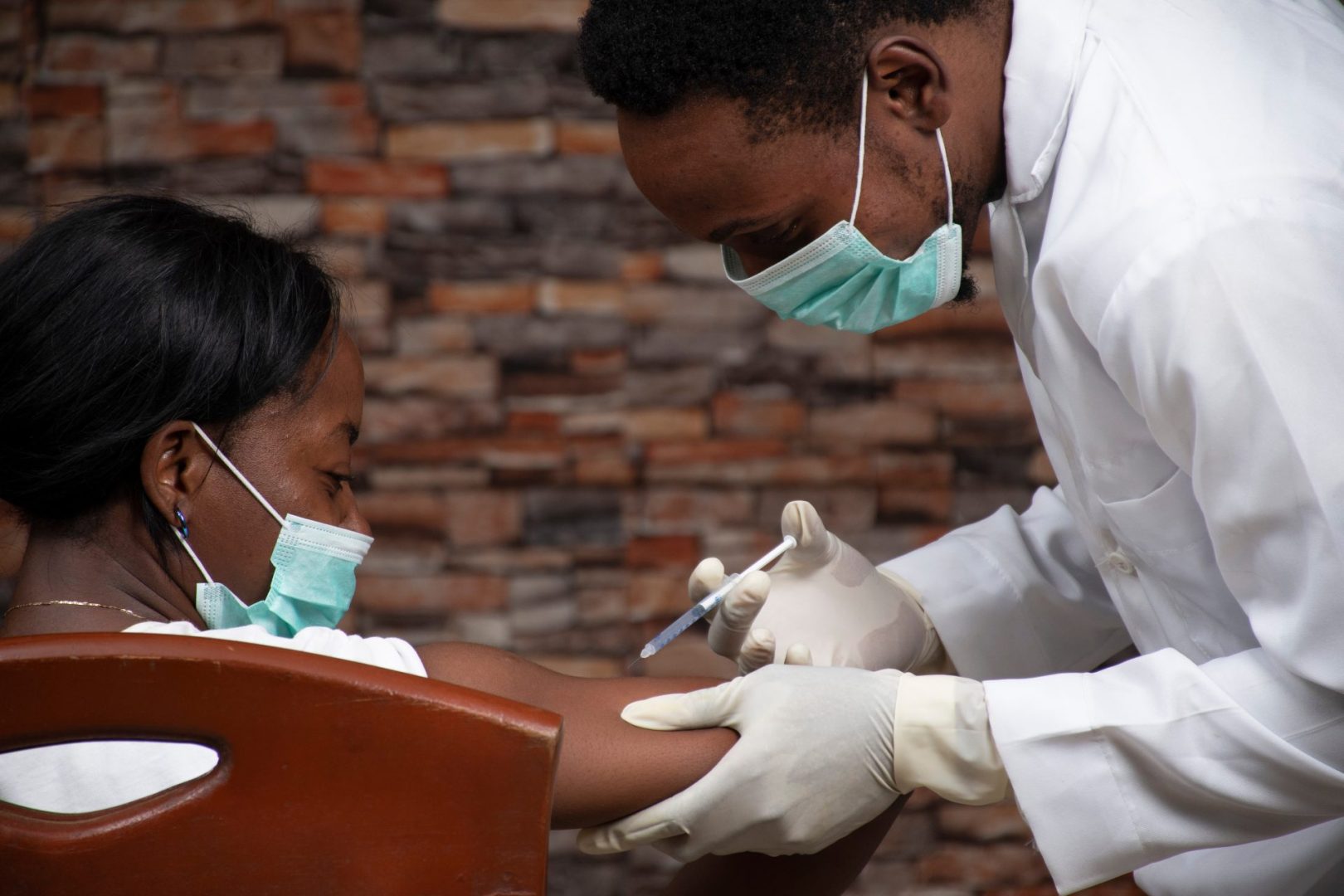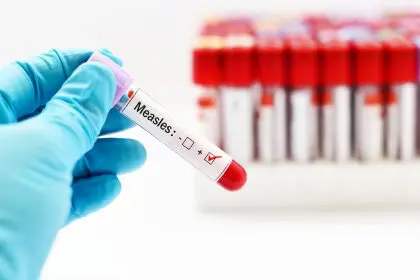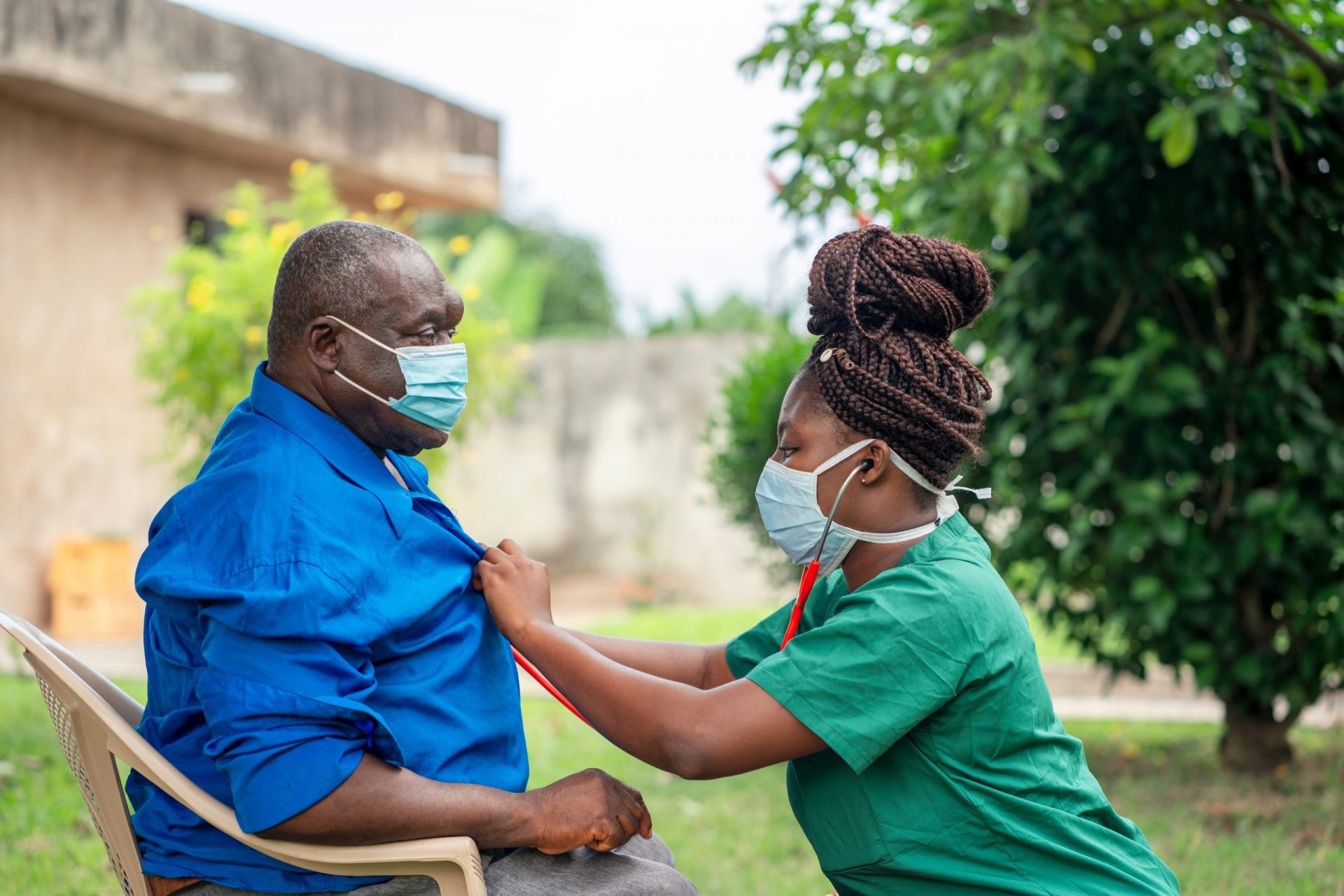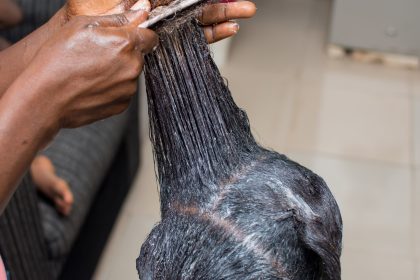International travel has rebounded with remarkable enthusiasm, as wanderlust-filled adventurers plan trips to destinations near and far. However, stepping off familiar soil means potentially encountering diseases that rarely pose threats at home. The landscape of travel health has evolved significantly, with new disease patterns emerging and established threats resurging in unexpected places.
Smart travelers understand that passport and plane tickets aren’t the only essentials for international adventures. Proper immunization serves as an invisible shield, protecting against illnesses that could transform dream vacations into medical nightmares. The key lies in understanding which vaccines provide genuine protection versus those that merely sound impressive on medical travel lists.
This year brings unique considerations for travelers. Climate change has altered disease distribution patterns, political upheavals have disrupted healthcare systems in various regions, and changing travel patterns have created new transmission pathways for infectious diseases. Navigating this complex landscape requires informed decision-making based on actual risk rather than outdated assumptions.
Understanding travel vaccination basics
Travel vaccines fall into three distinct categories, each serving different protective purposes. Routine vaccines include those typically received during childhood or as regular adult boosters, such as measles, mumps, rubella, and annual influenza shots. These form the foundation of travel health, as many diseases considered rare domestically remain common in other parts of the world.
Required vaccines represent legally mandated immunizations for entry into specific countries. Yellow fever vaccination stands as the most common requirement, with many African and South American nations demanding proof of immunization before allowing entry. Some countries also require meningococcal vaccination for religious pilgrims or during outbreak periods.
Recommended vaccines address diseases present in destination countries but not legally required for entry. These recommendations vary dramatically based on travel style, duration, activities planned, and personal health factors. Adventure travelers face different risks than business travelers staying in international hotels.
The current global disease landscape
Disease patterns have shifted significantly in recent years, influenced by climate change, urbanization, and increased global connectivity. Mosquito-borne illnesses have expanded their geographical reach as warming temperatures allow disease vectors to survive in previously inhospitable regions. Dengue fever now threatens travelers in parts of Europe and North America where it was once unknown.
Water-related diseases continue plaguing travelers who venture beyond sanitized resort environments. Hepatitis A remains one of the most common vaccine-preventable diseases affecting travelers, particularly those visiting developing nations or engaging in adventure activities that involve questionable water sources.
Political instability in various regions has created unique health challenges. Countries experiencing civil unrest often see breakdowns in routine vaccination programs, leading to outbreaks of diseases like measles and polio that were previously well-controlled. These situations create elevated risks for travelers, even in supposedly low-risk destinations.
Vaccine 1: Hepatitis A protection
Hepatitis A vaccination tops the essential list for most international travelers. This liver infection spreads through contaminated food and water, making it virtually impossible to avoid through careful behavior alone. Even luxury travelers staying in high-end accommodations face exposure risks, as the virus can contaminate ice, fresh fruits, vegetables, and shellfish.
The disease causes debilitating symptoms including severe fatigue, nausea, abdominal pain, and jaundice that can persist for weeks or months. Recovery is typically complete, but the illness can derail entire trips and affect productivity for extended periods after return home.
Modern hepatitis A vaccines provide excellent protection with a single dose offering immunity for at least one year. A booster shot administered six to twelve months later provides protection lasting twenty years or more. The vaccination is recommended for travel to most destinations outside Western Europe, North America, Australia, New Zealand, and Japan.
Vaccine 2: Typhoid fever immunization
Typhoid fever poses serious risks for travelers visiting South Asia, Southeast Asia, Africa, and parts of Latin America. This bacterial infection spreads through contaminated food and water, causing high fever, severe headaches, abdominal pain, and potentially life-threatening complications if left untreated.
The disease particularly threatens travelers engaging in adventure activities, staying with local families, or eating street food. Even careful travelers can encounter contamination, as the bacteria can survive on fresh produce and in water supplies that appear clean.
Two vaccine options exist for typhoid prevention. The oral vaccine requires four capsules taken every other day, providing protection for approximately five years. The injectable vaccine offers convenience with a single shot but requires booster doses every two years. Both vaccines provide roughly 70 percent protection against infection.
Vaccine 3: Yellow fever vaccination
Yellow fever vaccination represents both a medical necessity and legal requirement for travel to many tropical regions of Africa and South America. This mosquito-borne viral disease can cause severe illness including fever, bleeding, and organ failure, with fatality rates reaching 50 percent in severe cases.
The vaccine provides excellent protection, with a single dose offering immunity for life in most people. However, the vaccination must be administered at designated yellow fever vaccination centers, and many countries require proof of vaccination for entry. Some nations also require yellow fever vaccination for travelers arriving from countries with yellow fever transmission, even if the disease isn’t present in their specific travel locations.
Recent outbreaks in urban areas of Brazil and parts of Africa have expanded yellow fever risk zones, making vaccination essential for travelers who might not have previously required it. The vaccine cannot be given to pregnant women, infants under nine months, or people with compromised immune systems without careful medical evaluation.
Vaccine 4: Japanese encephalitis protection
Japanese encephalitis poses risks for travelers spending extended periods in rural areas of Asia and the Western Pacific region. This mosquito-borne viral infection can cause severe brain inflammation, with fatality rates reaching 30 percent and permanent neurological damage common among survivors.
The disease primarily affects travelers engaging in outdoor activities in agricultural areas, particularly during monsoon seasons when mosquito populations peak. Short-term urban travelers face minimal risk, but adventure travelers, volunteers, and long-term visitors should consider vaccination.
The vaccine requires two doses administered four weeks apart, providing protection for at least one year. A booster dose extends protection for longer periods. Side effects are generally mild, though serious allergic reactions occur rarely.
Vaccine 5: Meningococcal disease prevention
Meningococcal vaccination protects against bacterial meningitis and septicemia, diseases that can kill within hours of symptom onset. Certain regions and circumstances create elevated exposure risks, including travel to sub-Saharan Africa during dry season months and participation in mass gatherings like religious pilgrimages.
The meningitis belt of sub-Saharan Africa experiences annual outbreaks during dry season months from December through June. Travelers to this region during outbreak periods face significantly elevated risks, particularly those engaging in close contact with local populations.
Vaccination is also required for religious pilgrims traveling to Saudi Arabia for Hajj or Umrah. The vaccine provides protection against multiple strains of meningococcal bacteria, though it doesn’t protect against all possible strains.
Vaccine 6: Rabies pre-exposure prophylaxis
Rabies vaccination deserves consideration for travelers visiting areas where rabies is common and medical care might be delayed or unavailable. This viral infection is almost universally fatal once symptoms develop, making prevention absolutely critical.
Pre-exposure vaccination doesn’t eliminate the need for medical care after potential rabies exposure, but it simplifies treatment and provides crucial time to seek appropriate medical attention. This proves particularly valuable for travelers venturing to remote areas where rabies immune globulin might not be available.
The pre-exposure series requires three doses administered over three to four weeks. Adventure travelers, wildlife researchers, veterinarians, and those planning extended stays in rabies-endemic areas should strongly consider this vaccination.
Vaccine 7: Hepatitis B immunization
Hepatitis B vaccination protects against a viral infection that can cause chronic liver disease, cirrhosis, and liver cancer. The virus spreads through contact with infected blood and body fluids, creating risks through medical procedures, contaminated needles, and intimate contact.
Travelers who might require medical care abroad, engage in adventure activities with injury potential, or participate in volunteer work in healthcare settings face elevated exposure risks. The vaccine also provides protection for travelers who might engage in behaviors involving potential blood contact.
The standard vaccination series requires three doses administered over six months, though accelerated schedules exist for travelers with limited time before departure. The vaccine provides long-lasting protection, with booster doses typically unnecessary for healthy individuals.
Vaccine 8: Influenza protection
Annual influenza vaccination might seem mundane compared to exotic travel vaccines, but it provides essential protection for international travelers. Different influenza strains circulate globally at different times, and travelers often encounter strains their immune systems haven’t previously faced.
Air travel itself increases influenza transmission risks through close contact with passengers from diverse geographical areas. International flights frequently serve as mixing vessels for influenza strains from different continents.
The timing of influenza vaccination matters for travelers. Those visiting southern hemisphere destinations during northern hemisphere summer months should receive southern hemisphere influenza vaccine if available, as different strains typically circulate during their winter season.
Planning your vaccination timeline
Successful travel vaccination requires careful timing and planning. Most vaccines need several weeks to provide full protection, and some require multiple doses administered over extended periods. Ideally, travelers should consult healthcare providers six to eight weeks before departure.
However, last-minute travelers shouldn’t despair. Many vaccines provide some protection even when administered shortly before travel, and some protection is always better than none. Healthcare providers can help prioritize vaccines based on available time and individual risk factors.
Vaccine scheduling also requires consideration of potential interactions and side effects. Some vaccines shouldn’t be administered simultaneously, while others work better when given together. Professional guidance ensures optimal protection while minimizing adverse reactions.
Making informed vaccination decisions
The decision about which travel vaccines to receive should balance actual risk against vaccine benefits and potential side effects. Not every traveler needs every available vaccine, and individual circumstances should guide decision-making rather than generic recommendations.
Factors influencing vaccination decisions include destination countries, planned activities, accommodation types, travel duration, personal health status, and access to medical care during travel. A business traveler spending three days in major hotels faces different risks than a backpacker planning months of rural adventure travel.
Cost considerations also influence vaccination decisions, as travel vaccines can be expensive and aren’t always covered by insurance. However, the cost of vaccination pales compared to the potential expenses of serious illness abroad, including medical evacuation and extended hospitalization.
Travel vaccination represents an investment in peace of mind as much as physical protection. Knowing you’re protected against serious diseases allows fuller enjoyment of travel experiences without constant worry about health risks. The small effort required for vaccination provides enormous returns in safety and confidence while exploring our fascinating world.

















